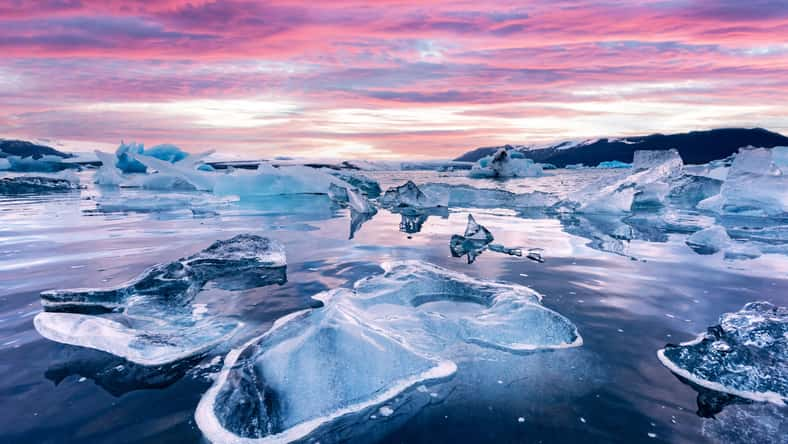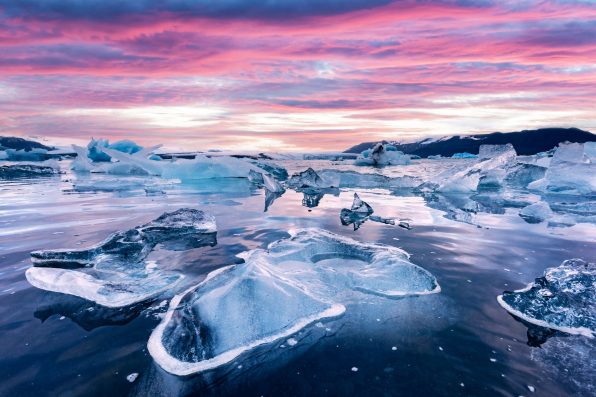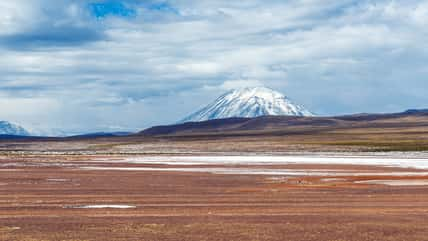New Research Suggests That Melting Polar Ice May Change The Way We Keep Time

Twice a year, the bulk of the United States, along with several other countries, adjust their clocks to make better use of natural daylight.
So, most of us are no strangers to time changes. However, new research has found that melting polar ice sheets in Greenland and Antarctica are altering the Earth’s rotation, which might affect the way we keep time.
According to a new study published in the scientific journal Nature, when large masses, like the polar ice caps, melt into water and flow toward the equator, it redistributes mass around the Earth.
The process slows down the rate of the planet’s rotation. A slower rotation means that the length of a day increases, causing the world’s clocks to need to be adjusted by a “leap second.”
Historically, leap seconds have been added over the years to account for discrepancies. Since 1999, only four leap seconds have been added.
But now, for the first time, scientists may need to subtract a second, which is called a “negative leap second.” While the changes are barely detectable, they are measurable and can throw off computing systems.
Some systems have software that allows for a second to be added, but as for erasing a second? That’s never been done before. The adjustment is necessary because melting ice sheets are working against the accelerated rotation that the changes in the Earth’s core cause.
When the melted ice shifts mass toward the equator, it slows down the planet’s spin. The phenomenon is akin to a figure skater stretching out their arms or legs to slow down their spin.
The melting ice is a direct result of human-induced climate change. It is giving scientists more time to decide whether a leap second should be subtracted in the future.

Ivan Kmit – stock.adobe.com – illustrative purposes only
Without the ice melt, our clocks would need to lose a leap second by 2026. But the melting has pushed the date to 2029.
The findings from the study assume that the planet’s acceleration will continue at the same rate, but it’s impossible to predict the core’s activity accurately. There is a lot of uncertainty surrounding the phenomenon.
Overall, this research really underscores the impacts of climate change and how it can even affect the way we experience and tell time.
Sign up for Chip Chick’s newsletter and get stories like this delivered to your inbox.
More About:News





